The minimum wage in every state and DC in 2021
Good news for some contract workers
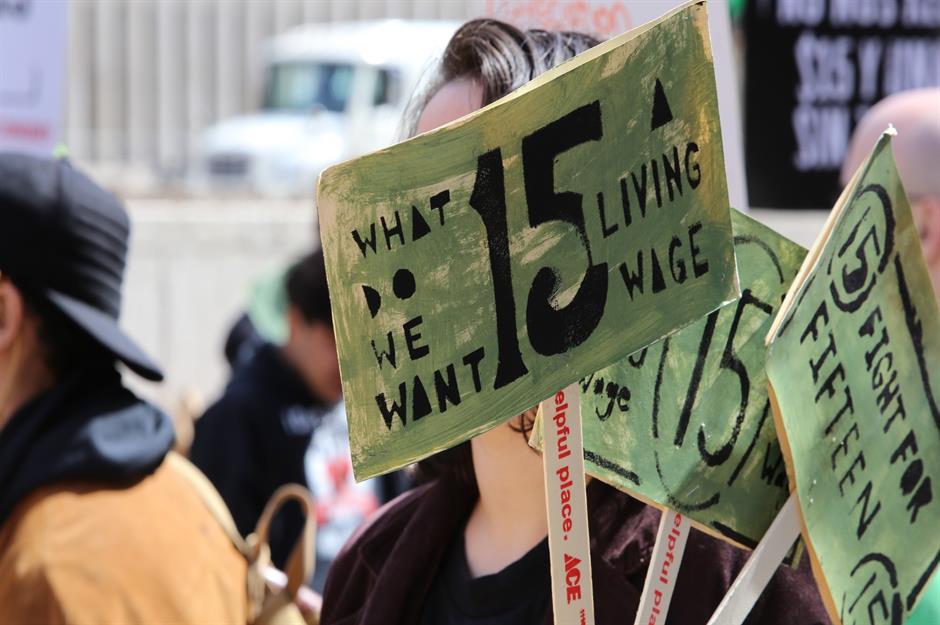
President Biden signed an executive order on 27 April requiring hundreds of thousands of workers on federal contracts, such as cleaners, laborers and care assistants, to be paid a minimum wage of $15 an hour. It follows his unsuccessful attempt to introduce a $15 minimum wage across all 50 states as part of his $1.9 trillion coronavirus relief bill. The increase to $15 will have to be reflected in all new contract solicitations by 30 January 2022 and all new contracts by 30 March 2022.
The federal minimum wage in the US hasn’t increased since 2009, when it was raised to $7.25 per hour. Many people will continue to fight for a new $15 national minimum wage however, as it would give 27 million Americans a boost in income and lift almost one million citizens out of poverty, according to the Congressional Budget Office.
While the possibility of a new, federal minimum wage is uncertain, some states already pay Biden’s recommended $15 per hour as standard. We’ve ranked the state-imposed minimum wages across the country – click or scroll through to see how your state compares.
Louisiana: no minimum wage
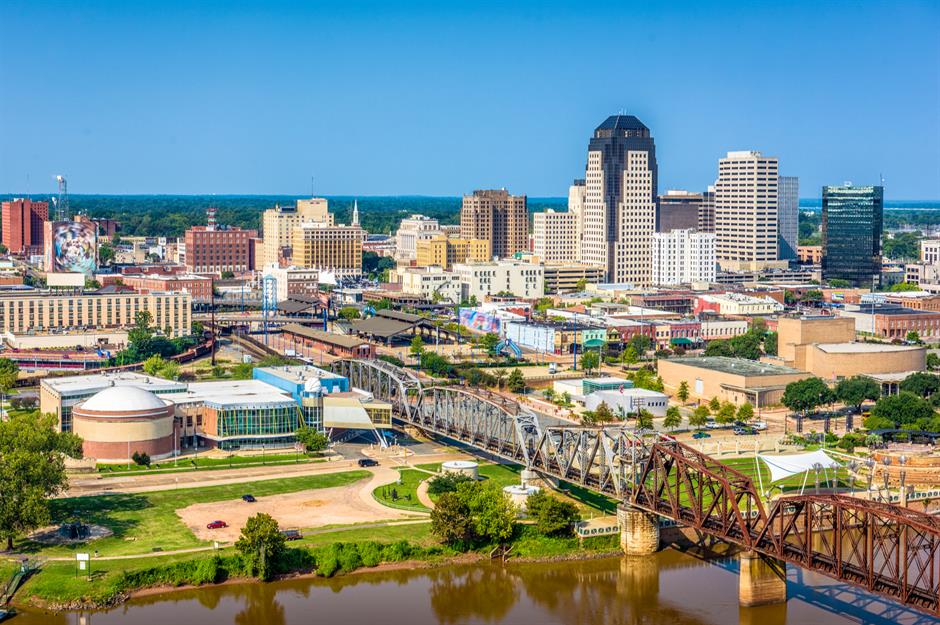
Joining four other states with no minimum wage, in Louisiana the federal minimum rate of $7.25 applies – in most cases. However, some roles including seasonal workers, newspaper deliverers and babysitters can be paid less than $7.25 due to the informal nature of their work. In early 2018, the State Senate voted down a bill to increase its minimum wage to $8 an hour in 2019 and $8.50 an hour in 2020, due to business groups expressing disapproval. Louisiana officials recently proposed another minimum wage increase – this time recommending $11 per hour – but have since backed off while they wait to see whether a US-wide $15 minimum wage will be enforced.
Mississippi: no minimum wage

Like Louisiana, Mississippi defaults to the federal minimum wage without a minimum wage of its own. There are a few exceptions, however: for under 20-year-olds the minimum rate is $4.25 for the first 90 days of employment, for students it’s $6.16, and workers who can expect tips from customers – like in many other states – earn a lower base rate of pay of $2.13. The state also has the highest poverty rate in the country at 19.4%, according to the US Census Bureau, and in order to improve that many argue the minimum wage needs to be higher.
Alabama: no minimum wage
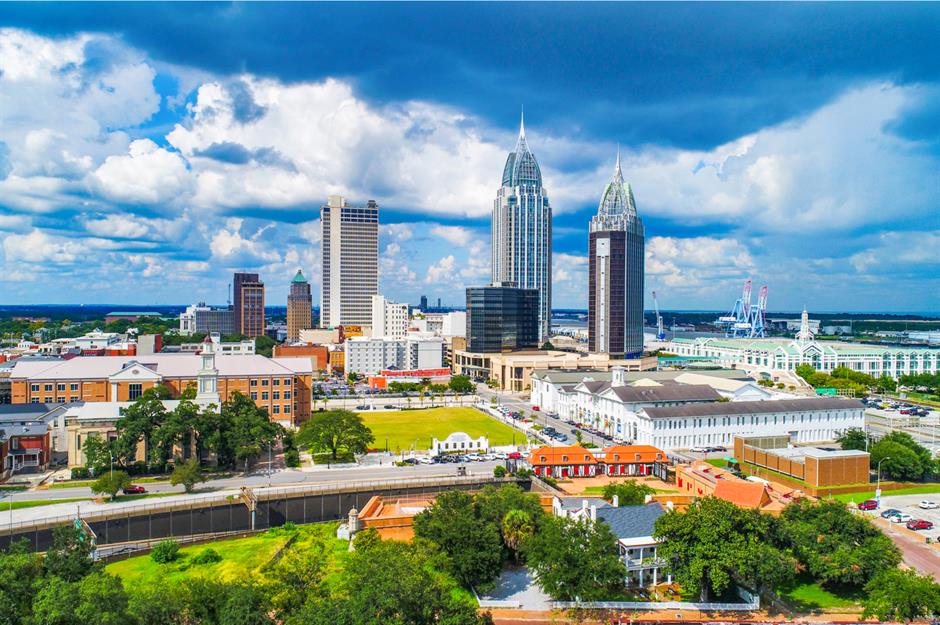
The Yellowhammer State also has no minimum wage and uses the federal rate of $7.25. However, the city of Birmingham has been fighting an ongoing battle to get the minimum wage increased. In February 2016, the city council voted to raise Birmingham's minimum wage to $10.10 per hour, but state lawmakers immediately reversed the increase and prevented other municipalities from creating their own minimum wages. There are currently 53 counties and cities across the US that have adopted a different minimum wage to the rest of the state, according to the Economic Policy Institute.
South Carolina: no minimum wage
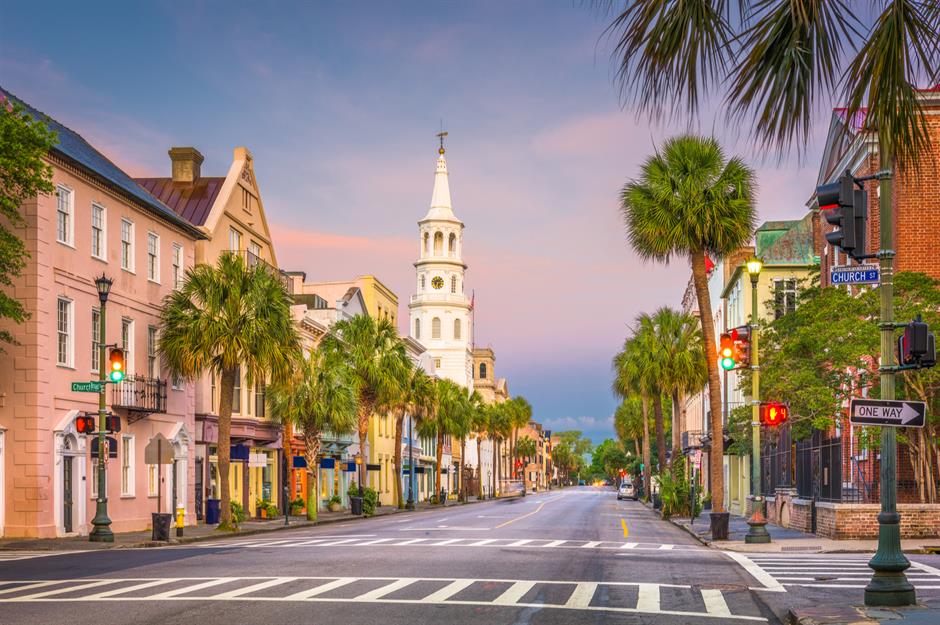
Tennessee: no minimum wage

In 2017, Tennessee had the second highest percentage of workers earning the federal minimum of $7.25 or less, at 4.1%, compared to the national average of 2.3%, according to the U.S. Department of Labor. State representative G.A. Hardaway introduced a bill to increase it to $10.10 per hour in 2015, but it failed in committee. The latest attempt by local officials to increase Tennessee’s minimum wage was by Congressman Steve Cohen, who introduced a bill called the Living Wage Now Act on 15 January. He said it was “immoral that the federal minimum wage puts a full-time worker in a family of two below the poverty line”. It remains to be seen whether the bill will pass.
Georgia: $5.15

Wyoming: $5.15
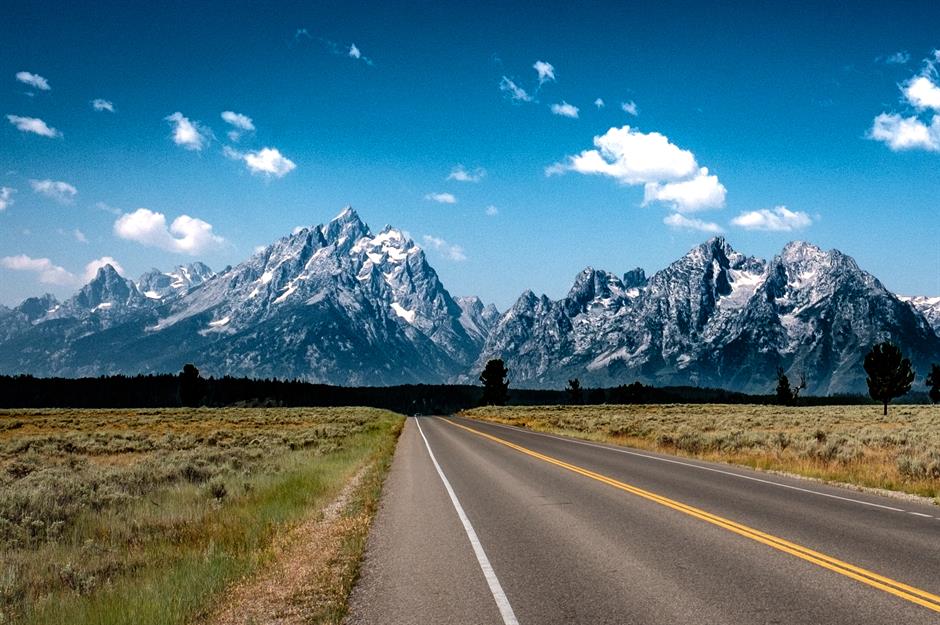
Texas: $7.25

Oklahoma: $7.25

While nearby states including Arkansas, New Mexico and Missouri have all raised their minimum wage in the past couple of years, Oklahoma lags behind. In July 2019, each of Oklahoma’s five members of the US House of Representatives voted against raising the federal minimum wage to $15 an hour by 2025. In December last year, Senator George Young filed a bill to increase the minimum wage to $10.50, saying it was desperately needed as the spending power of a minimum wage paycheck has drastically decreased since the amount was last upped in 2008.
Kansas: $7.25

With a minimum wage of $7.25, Kansas doesn’t look likely to raise its rate any time soon. Historically, Midwest states have had a low minimum wage to attract businesses to the area, and many lawmakers strongly oppose President Biden’s $15 per hour proposal based on fears that raising the minimum wage could result in job losses. There's conflicting information on the subject. A paper published by the University of California Berkeley found no evidence that a $15 national minimum would lead to significant job losses, and that it would it actually add $65.4 billion to the federal budget each year. Research by the Congressional Budget Office, on the other hand, predicts it would deepen America’s budget deficit by $54 billion by 2031 and could lead to 1.4 million fewer jobs being available.
North Carolina: $7.25

North Carolina has the federal rate of $7.25. Discussing the possibility of more than doubling the current rate in 2019, Rep. Virginia Foxx (R-N.C.) said the move was "radical, risky and unnecessary". The current living wage in North Carolina for a single adult with no children is $14.72, and the state’s current minimum wage is closer to the poverty wage of $6.13 – the amount which determines eligibility for federal assistance – according to the MIT Living Wage Calculator. Hospitality and care workers in cities Raleigh and Durham were among those who took to the streets in January as part of the ‘Fight for $15’ demonstrations to demand an increase to the minimum wage.
Utah: $7.25

Utah’s minimum wage is also consistent with the federal rate of $7.25. That's half the state's estimated living wage of $14.52 for an adult with no children. But, in early 2021, two Utah representatives both put forward bills that try to tackle the state's minimum wage issue. Representative Clare Collard put forward House Bill 284, which would see Utah’s minimum wage rise to $12 an hour from July 2021, and increase annually to reach $15 an hour by or before July 2026. Whereas Representative Ashlee Matthews proposed House Bill 361, a staggered schedule of minimum wage rates, where urban and rural areas would have different rates. So employers in cities would gradually have to pay employees $10.75 per hour by 2028, and employers in rural settings would have to pay employees at least $9.25 an hour by 2028. However, neither bill passed.
Kentucky: $7.25
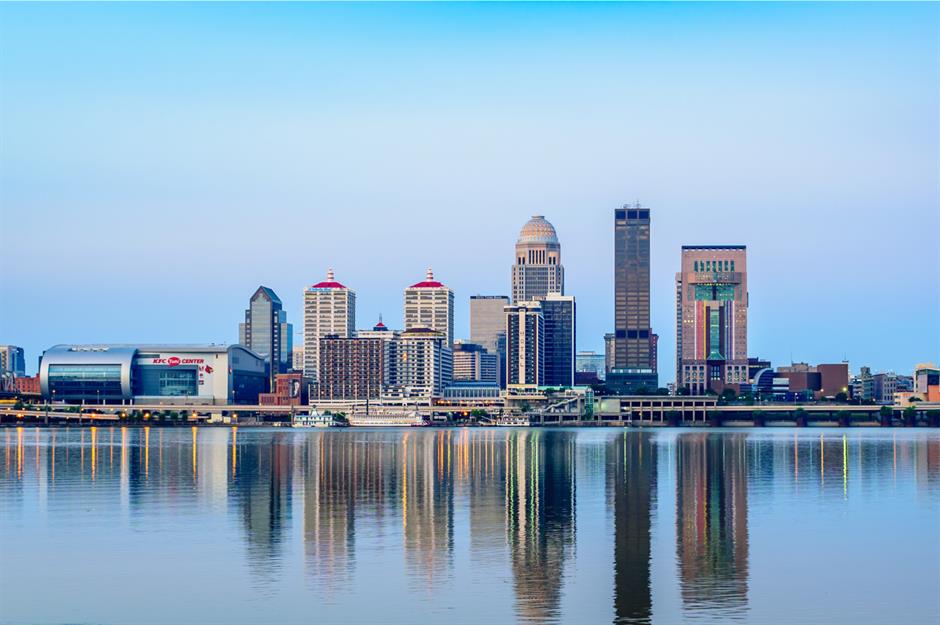
The Bluegrass State has stuck with the federal minimum wage, despite having the sixth-highest poverty rate in the country, with 14.6% of people living in poverty, according to the US Census Bureau. In November 2020, Democrat Senator Reggie Thomas filed his latest proposal for increasing the minimum wage in Kentucky, suggesting an incremental raise to reach $15 per hour by 2026. The first raise would be to $9.50 an hour in July, but this has yet to pass. This is the third time Thomas has proposed such a bill.
Iowa: $7.25

Indiana: $7.25
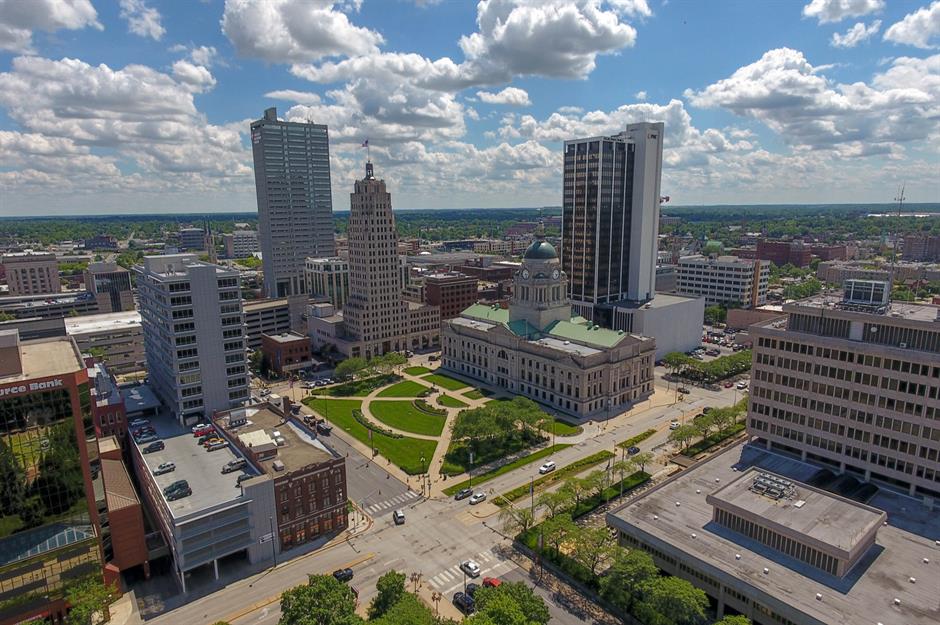
The Hoosier State has a minimum wage of $7.25 an hour, but a MIT study found that a single parent with one child would have to earn $27.23 per hour to have a normal standard of living in Indiana, while the living wage for one single adult is $13.44 per hour. However, Indiana’s chamber of commerce doesn’t support a higher minimum wage, with Chief Policy Officer Mark Fisher saying in 2019: "We’re cautious about mandates that might discourage small businesses from hiring." This hasn’t stopped Democrats from pushing for a rise, however, and they're currently proposing an increase to $10 per hour in 2022, increasing by $1 each year until minimum wage hits $15 in 2027.
Pennsylvania: $7.25

Pennsylvania’s minimum wage is $7.25 – but could that soon be about to change? The state’s minimum rate is at least $1 below the rates for surrounding states, so pressure is building for Pennsylvania to up its game. However, in 2018 the minimum wage for government employees in Pennsylvania was raised to $12 an hour, to increase to $15 an hour by 2024. In November 2019, a Senate bill that would increase the state-wide minimum wage to $9.50 an hour by 2021 was passed after years of unsuccessful proposals, but the state has yet to see change. There are a number of pending bills in the pipeline, but the state minimum wage currently sits at the federal rate.
Idaho: $7.25

North Dakota: $7.25
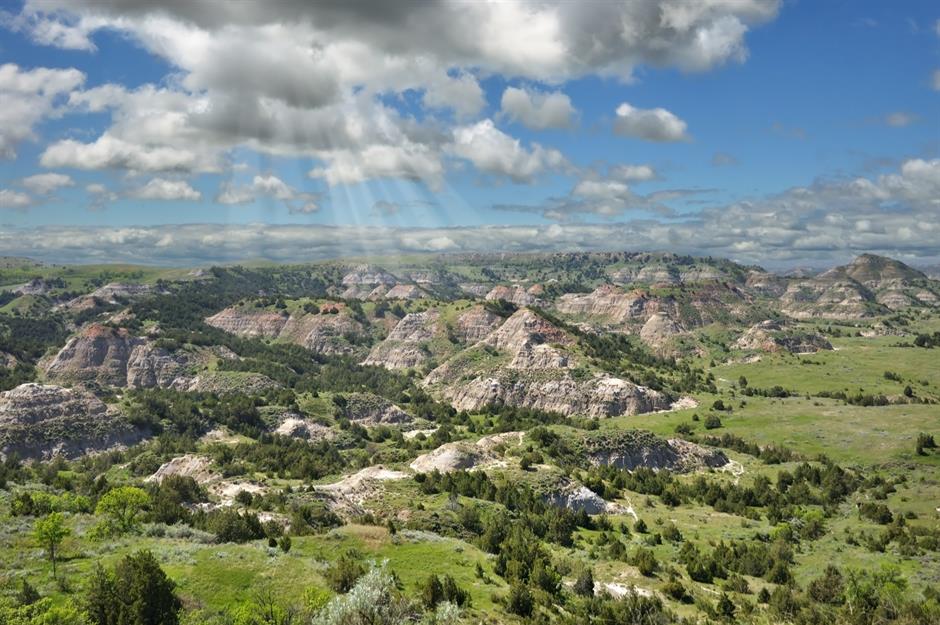
Unlike its Southern neighbor, North Dakota is yet to increase the minimum wage above federal rate. What’s more, in March 2019, a new bill passed that forbids localities from adopting an independent minimum wage to the state level. In 2020 the North Dakota Minimum Wage Increase Initiative had been proposed, and it would have increased minimum wage to $15 this year, but it didn’t make it onto the ballot on election day in November.
Wisconsin: $7.25

New Hampshire: $7.25

In August 2019, New Hampshire Governor Chris Sununu vetoed a bill that would have increased the state’s minimum wage to $10 per hour in 2020, and $12 per hour in 2022. Sununu claimed that other states that have increased the minimum wage have seen lower take-home pay for workers due to the fact their hours have been cut. Earlier this year, Democrats in the state proposed raising the minimum wage to a hefty $22.50 per hour, which many officials immediately rejected as an ‘outrageous’ sum of money. For now, the minimum wage looks set to stay at $7.25.
Florida: $8.65
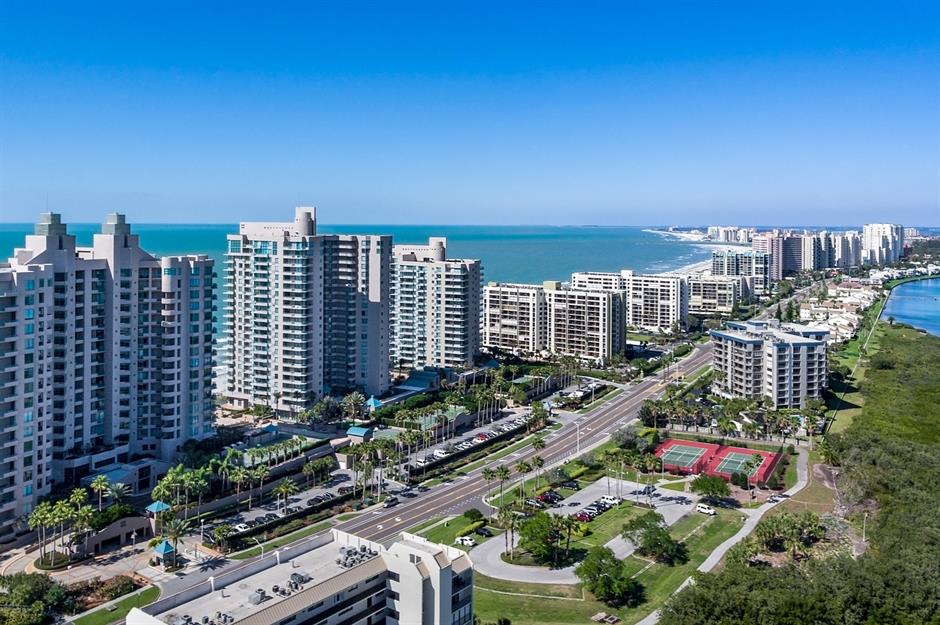
As of 1 January, the Sunshine State has had a minimum wage of $8.65 per hour. The minimum wage is affected by the Florida Minimum Wage Act, which determines that the state must calculate a new minimum wage each year to reflect increases in the Consumer Price Index (CPI) for Urban Wage Earners and Clerical Workers in the South Region. From 30 September, the minimum wage is scheduled to increase to $10 due to the change in CPI, and is likely to increase by $1 every September thereafter until at least 2026.
Montana: $8.75

West Virginia: $8.75

Since 31 December 2015, the minimum wage in West Virginia has been $8.75 an hour, and there is currently there is no policy to adjust it in line with inflation. Senator Shelley Moore Capito announced in February that she would be backing the introduction of the Higher Wages for American Workers Act – an alternative to President Biden’s $15 minimum wage proposal that would instead see the federal minimum wage grow to $10 per hour over four years, and then increase based on inflation every two years thereafter.
Ohio: $8.80
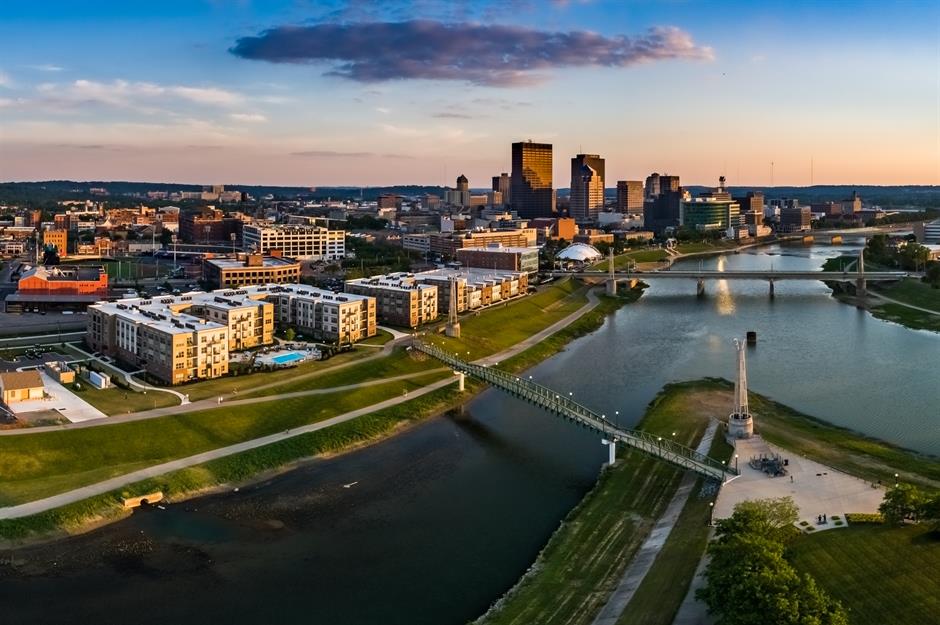
Nebraska: $9
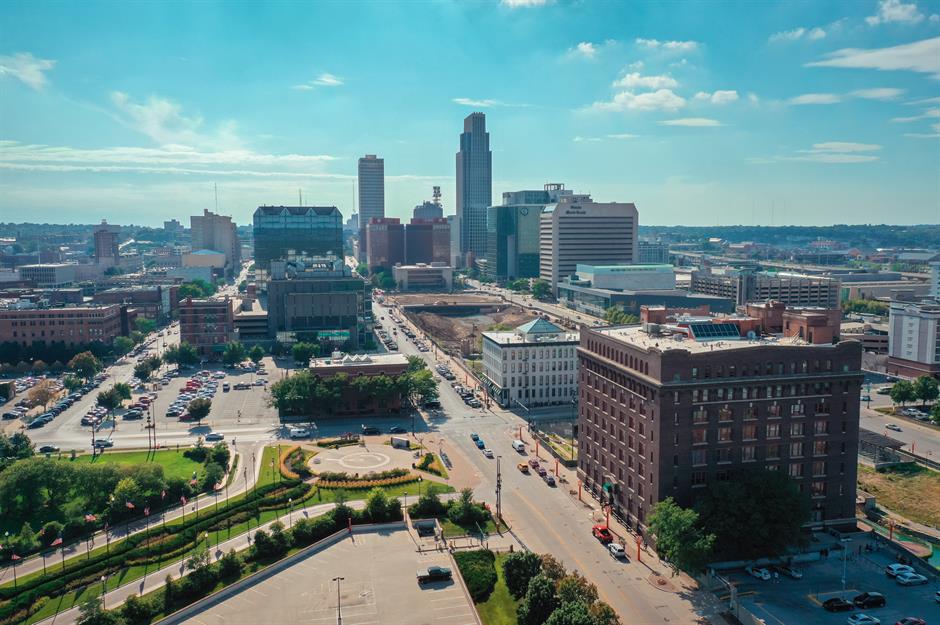
Delaware: $9.25
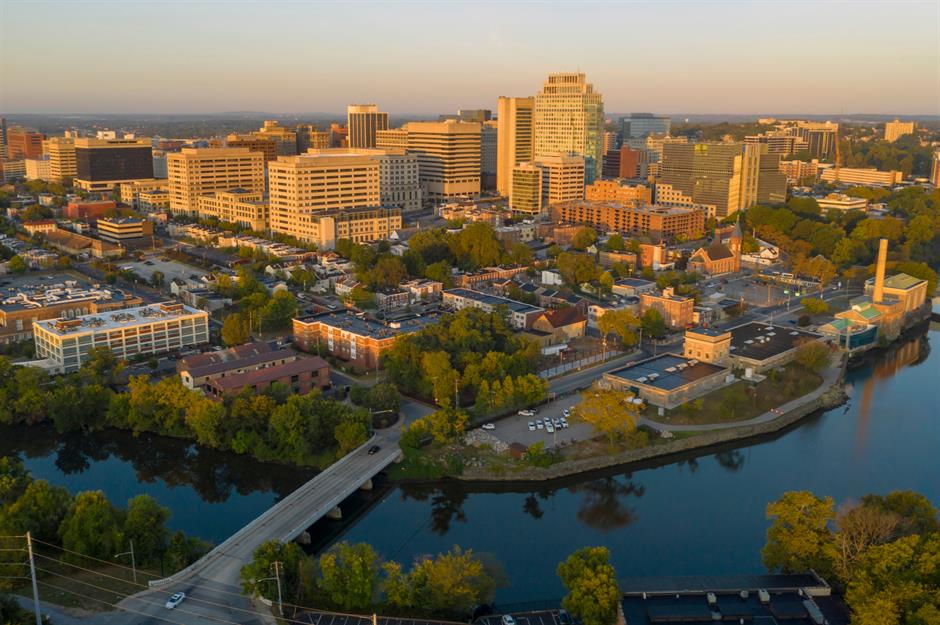
Delaware’s minimum wage increased by 50 cents to $9.25 in October 2019, although as with many states there are exemptions. There is a youth rate of $8.75 for 14- to 17-year-olds and a training rate of $8.75 for any employees during the first 90 days of a new job. There is also a tipped rate of $2.23 for those working in hospitality. On 19 July Governor John Carney signed in a law mandating a $15 minimum wage by 2025. The rise will be incremental, starting with an increase to $10.50 in 2022. The minimum hourly rate will then go up to $11.72 in 2023 and $13.25 in 2024, before it hits $15 the following year.
South Dakota: $9.45

Virginia: $9.50

Virginia had the same state rate as the federal rate, but this changed earlier this year. The state saw the largest minimum wage increase of all 50 states when it increased the base hourly salary to $9.50 in May. Gender equality group Progress Virginia claims that the minimum wage increase will help improve equality, especially given that nationally, women make up a larger proportion of minimum wage workers than men.
Michigan: $9.65
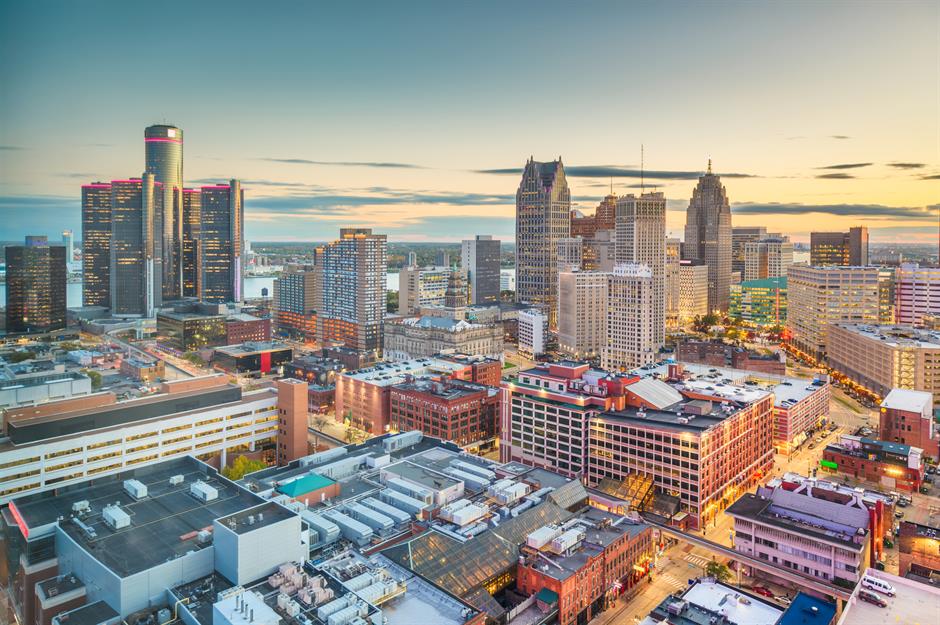
Increasing its minimum wage gradually each year, Michigan plans to have a rate of $12 per hour by 2030. At the beginning of 2020, the rate rose by 20 cents to $9.65 and it was expected to increase to $9.87 at the start of 2021. This did not take effect however, as Michigan’s 2018 Improved Workforce Opportunity Wage Act disallows scheduled increases in minimum wage if the state’s annual unemployment rate for the preceding year is above 8.5%. While the Great Lake State’s employment rate had started to recover from the coronavirus pandemic by the end of 2020, between January and October unemployment was at 10.2%, delaying the proposed minimum wage increase until at least 2022.
Nevada: $9.75

Minnesota: $10.08

As of 1 January 2021, Minnesota’s minimum wage is $10.08 per hour, although this only applies to large employers with annual gross revenues of at least $500,000. For smaller employers, the minimum wage is $8.21 an hour. The state’s law stipulates that the inflation-adjusted rate for the next year will be announced each year by 31 August. Meanwhile cities Minneapolis and St. Paul have higher minimum wage rates, of $13.25 and $12.50 respectively, for large employers. Last year the Minnesota Supreme Court unanimously approved gradually increasing the Minneapolis minimum wage to $15 per hour by 2024.
Hawaii: $10.10
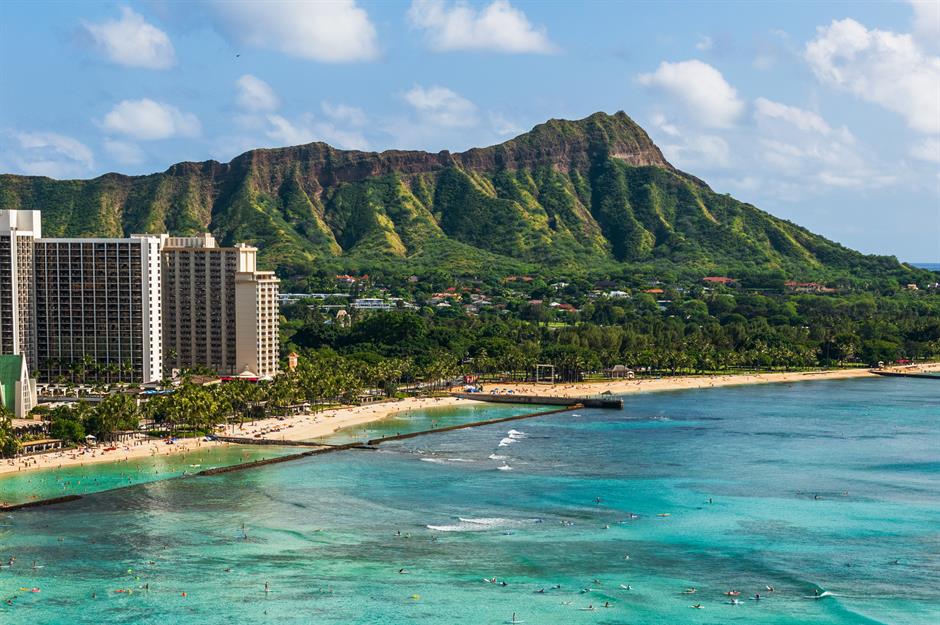
Missouri: $10.30
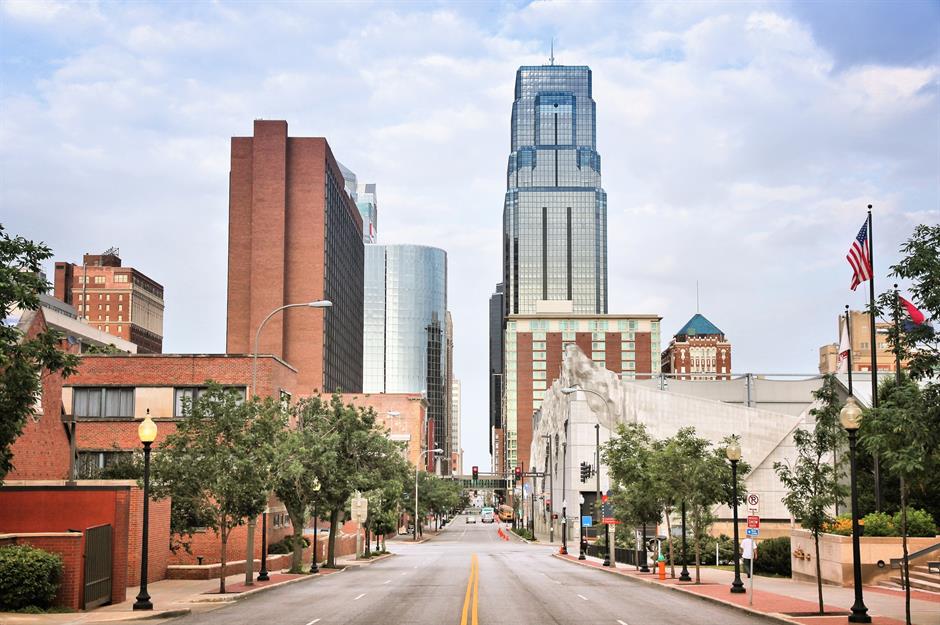
Alaska: $10.34

In September last year, it was announced by Alaska’s Department of Labor and Workforce Development that the minimum wage would be rising to $10.34 on 1 January 2021. The increase on the previous rate of $10.19 is fairly significant, reflecting the 1.4% CPI increase in 2019. The minimum wage is adjusted annually to account for inflation in the state.
New Mexico: $10.50

New Mexico’s state minimum wage teetered at just 25 cents above the federal rate for 10 years, but there have been big changes in the last couple of years. From 1 January 2020, a new rate of $9 applied, and as of 1 January this year that rate has risen again to $10.50. Minimum wage will continue to increase in the following years, going up to $11.50 in 2022 and $12 in 2023. For some areas, such as Santa Fe City and County, higher minimum wages already apply.
Illinois: $11
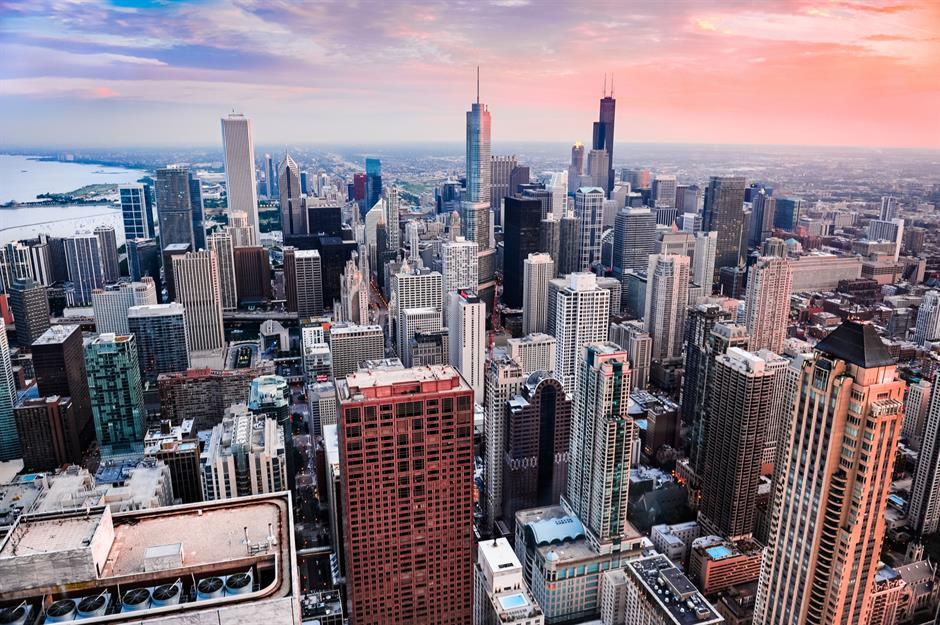
As a state, Illinois raised its minimum wage to $11 as of 1 January 2021, with subsequent increases of $1 each year set to follow until a $15 minimum wage is reached in 2025. However, there are two exceptions within the state: Chicago and Cook County. Chicago’s minimum wage increased to $14 on 1 July 2020 and it has increased again to $15 as of this 1 July for companies with 21 or more workers. Businesses with fewer employees will have to pay a rate of $14 for the moment, but this will increase to $15 by 2023. That said, all domestic workers will have to receive the $15 rate from 1 August 2021. These recent changes in Chicago will benefit 400,000 workers in the state. The increases are much needed in Chicago, where almost a fifth of the population is in poverty, according to US Census Bureau data. Cook County’s rate increased to $13 on 1 July 2020, but it has not increased since then.
Arkansas: $11
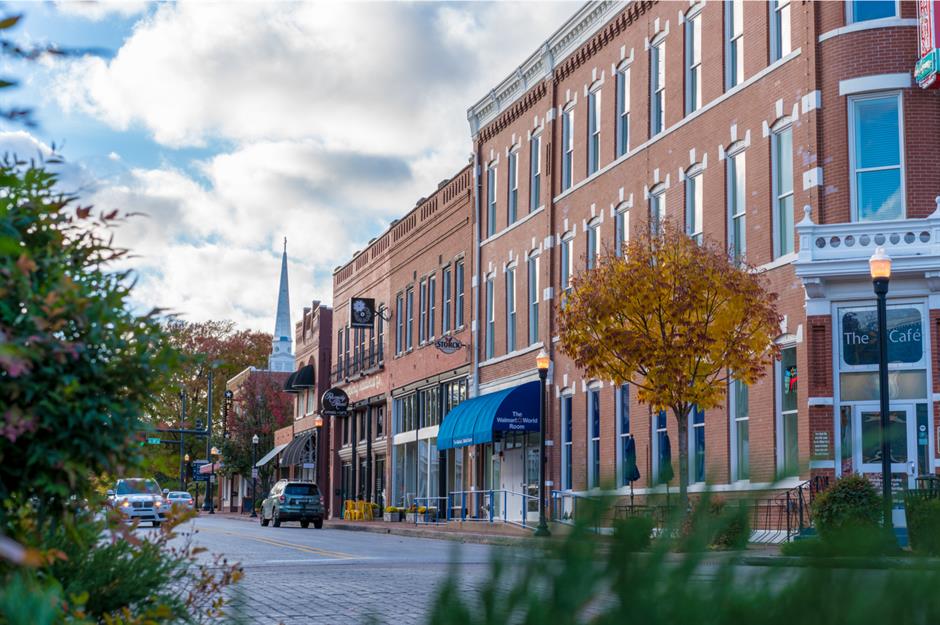
Rhode Island: $11.50

Vermont: $11.75

Maryland: $11.75
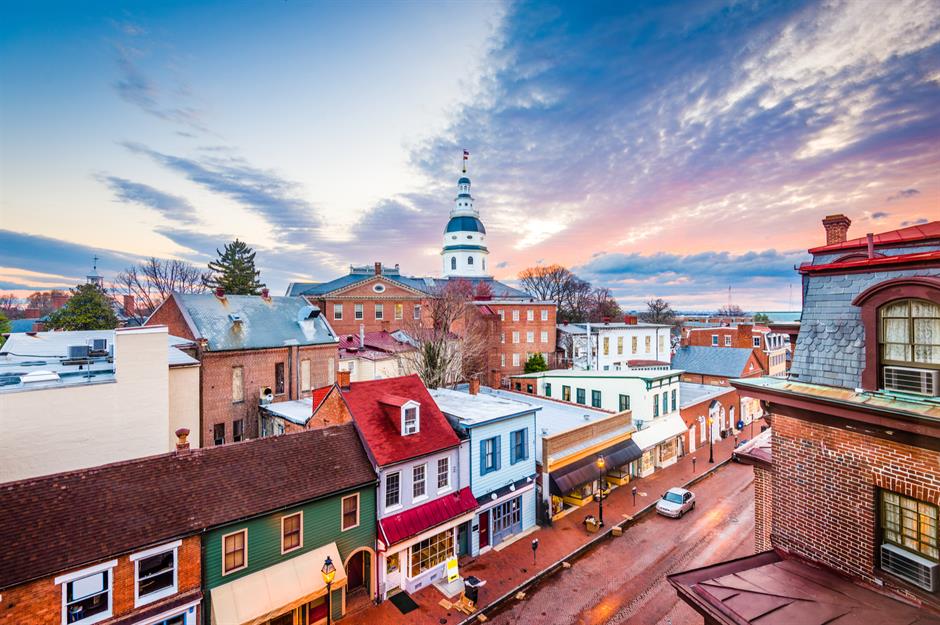
In March 2019, Maryland became the sixth state to pass a bill which would raise the minimum wage to $15, with the change coming into effect by 2025. As of January 2021 it reached $11.75, and next year it will increase to $12.50, followed by 75-cent increases every year until 2025, when it will jump from $14 to $15 an hour. Small employers with up to 14 employees will gradually be increasing the minimum wage to $15 by July 2026. Higher minimum wages between $13.25-$14 have applied in Montgomery County since 1 July 2020.
New Jersey: $12
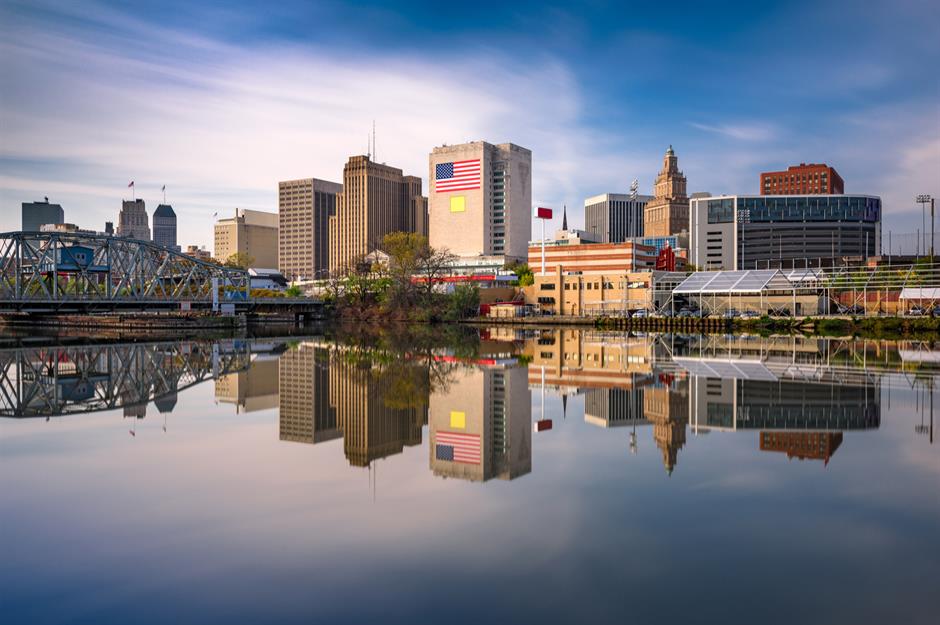
Connecticut: $12

Maine: $12.15
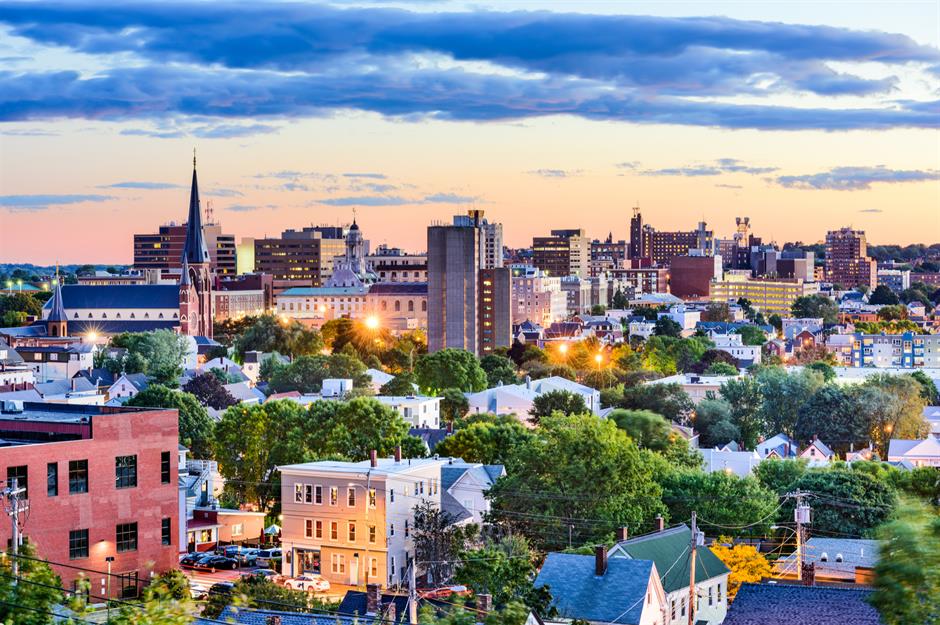
Arizona: $12.15

Arizona’s minimum wage went up to $12.15 per hour on 1 January, although this is still lower than the Grand Canyon State's living wage of $14.94 for a single adult, according to MIT. The city of Flagstaff, which already had a higher rate of $13 an hour, saw its minimum wage bumped up to $15 at the same time. However, this still falls short of Flagstaff's living wage for a single adult, which is currently $16.24.
Colorado: $12.32

New York: $12.50

Although the minimum wage in the state of New York rose to $12.50 on 31 December, there are exceptions: New York City and Nassau, Suffolk and Westchester counties. In New York City, the minimum wage for all employees is $15 an hour as of 31 December 2019. In Nassau, Suffolk and Westchester, the minimum wage has been $14 since 31 December 2020.
Find out about the productive countries where people work the least hours
Oregon: $12.75

The Beaver State increased its minimum wage to $12 on in July 2020, and it rose again to $12.75 on 1 July 2021, and it is set to increase to $13.50 by 2022. There are two exceptions, however. The first is Portland Metropolitan Area, where it rose to $14 this July and will continue to rise annually by 75 cents until 2023, when the new wage will be based on the inflation rate. The second is Oregon’s "non-urban" counties – 18 counties in the south and west of the state – where a slightly lower rate of $12 came into effect in July 2021. This rate will also rise annually but only by 50 cents until 2023, from which point onwards it will be $1 less than the state-standard minimum wage.
Massachusetts: $13.50
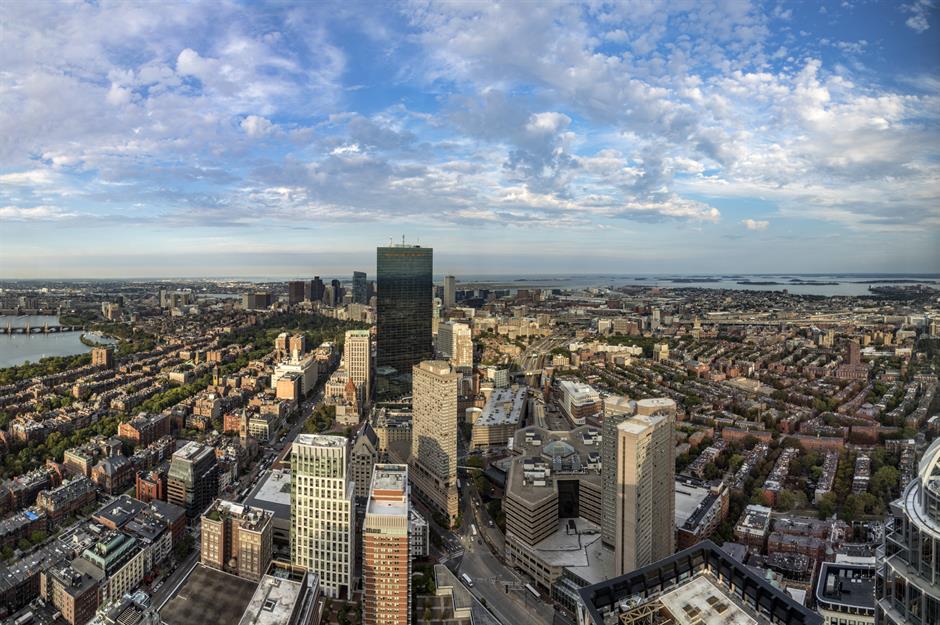
From 1 January the minimum wage in Massachusetts increased to $13.50, which is $6.25 more than the federal minimum wage and the third highest rate of the US states. However, it's not cheap to live in the Bay State, with a single adult needing an hourly salary of $17.74 to live comfortably, according to MIT.
Washington: $13.69
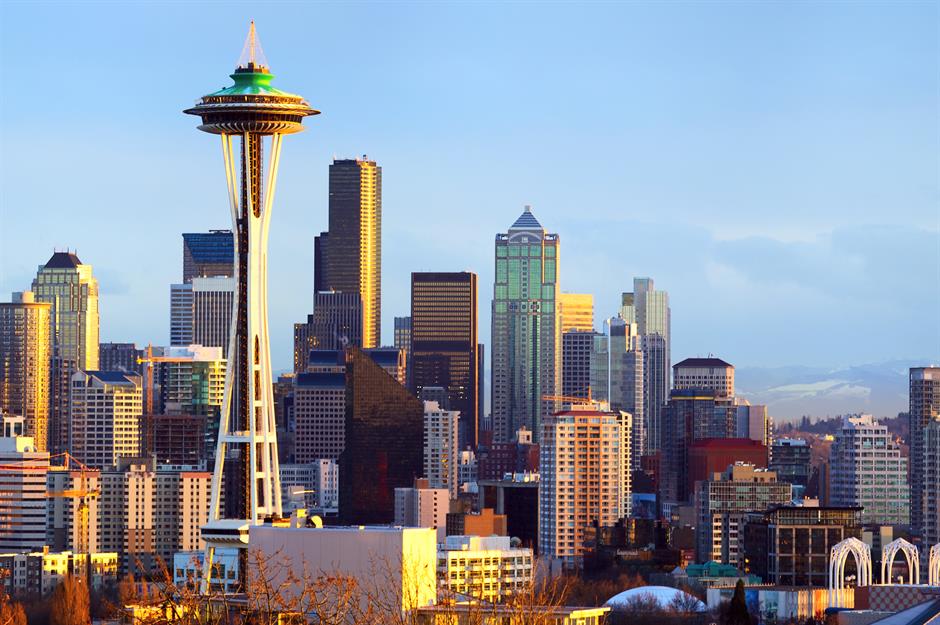
Washington currently has a high minimum wage of $13.69, which is a 19 cents increase on the 2020 figure. But in Seattle the minimum rate rose to $16.69 in 2021. For small companies (up to 500 employees) that contribute more than $1.69 per hour toward medical benefits the minimum wage is lower at $15 per hour. When Seattle's Minimum Wage Ordinance came into effect in 2015, some employers insisted they would leave the city on account of the gradual wage increases, but broadly that hasn’t happened. In fact, the number of jobs in restaurants and bars in the Seattle area has increased from 134,000 in 2015 to 158,000 in 2019, according to the Bureau of Labor Statistics. There has been a recent dip in employees in the sector, but this was likely caused by the coronavirus pandemic forcing hospitality businesses to close.
California: $14

California’s minimum wage increased to $14 for those working at companies with more than 26 employees at the start of 2020, while the rate for smaller businesses increased to $13 per hour. This follows a law signed in 2016 that would increase the minimum wage to $15 by 2022 for bigger businesses, and by 2023 for those with fewer staff, and makes it the highest-paying state in the US. However, higher minimum wages of up to $16.84 per hour already apply in cities such as San Francisco, Los Angeles, Pasadena and Emeryville.
DC: $15
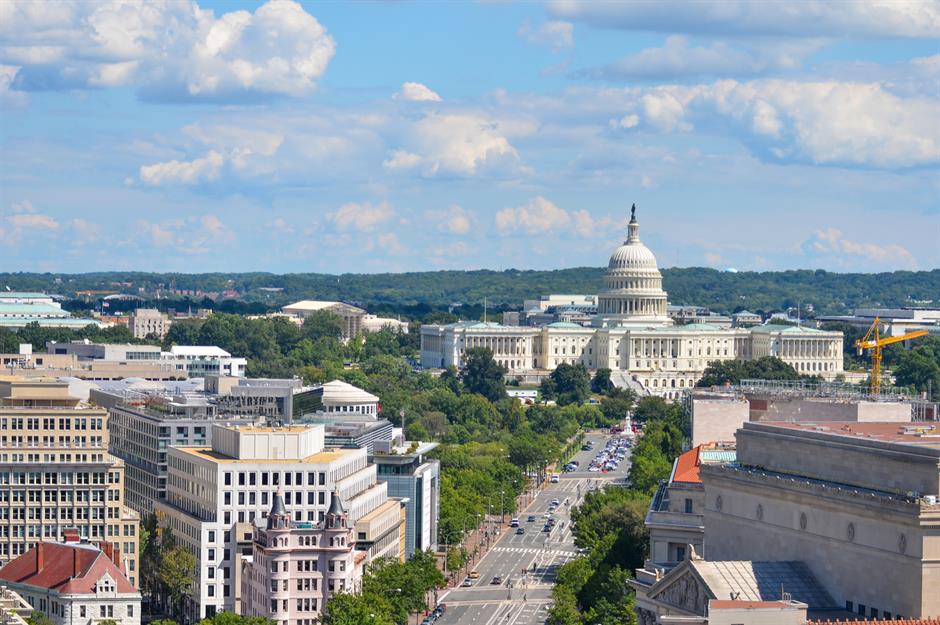
Although not a state (yet), the District of Columbia gets a mention as America’s capital and a region that already boasts the $15 minimum wage as of last year. However, the district ranks fourth among the most expensive cities in the United States, with the living wage for a single adult at $20.12 and $38.48 for a single-parent family with one child, according to MIT.
Now discover how America's wealth gap has soared over the last 100 years
Comments
Be the first to comment
Do you want to comment on this article? You need to be signed in for this feature